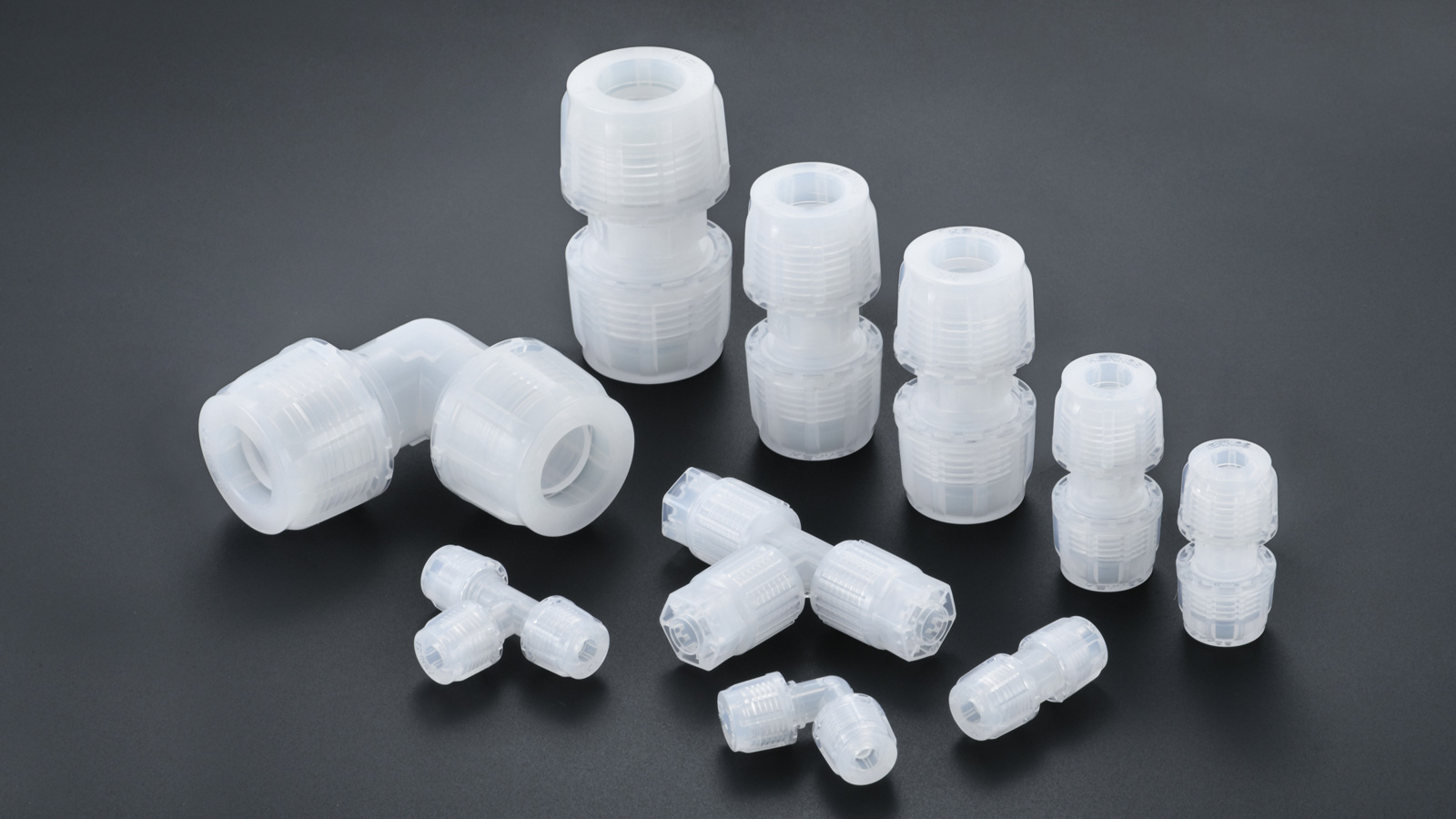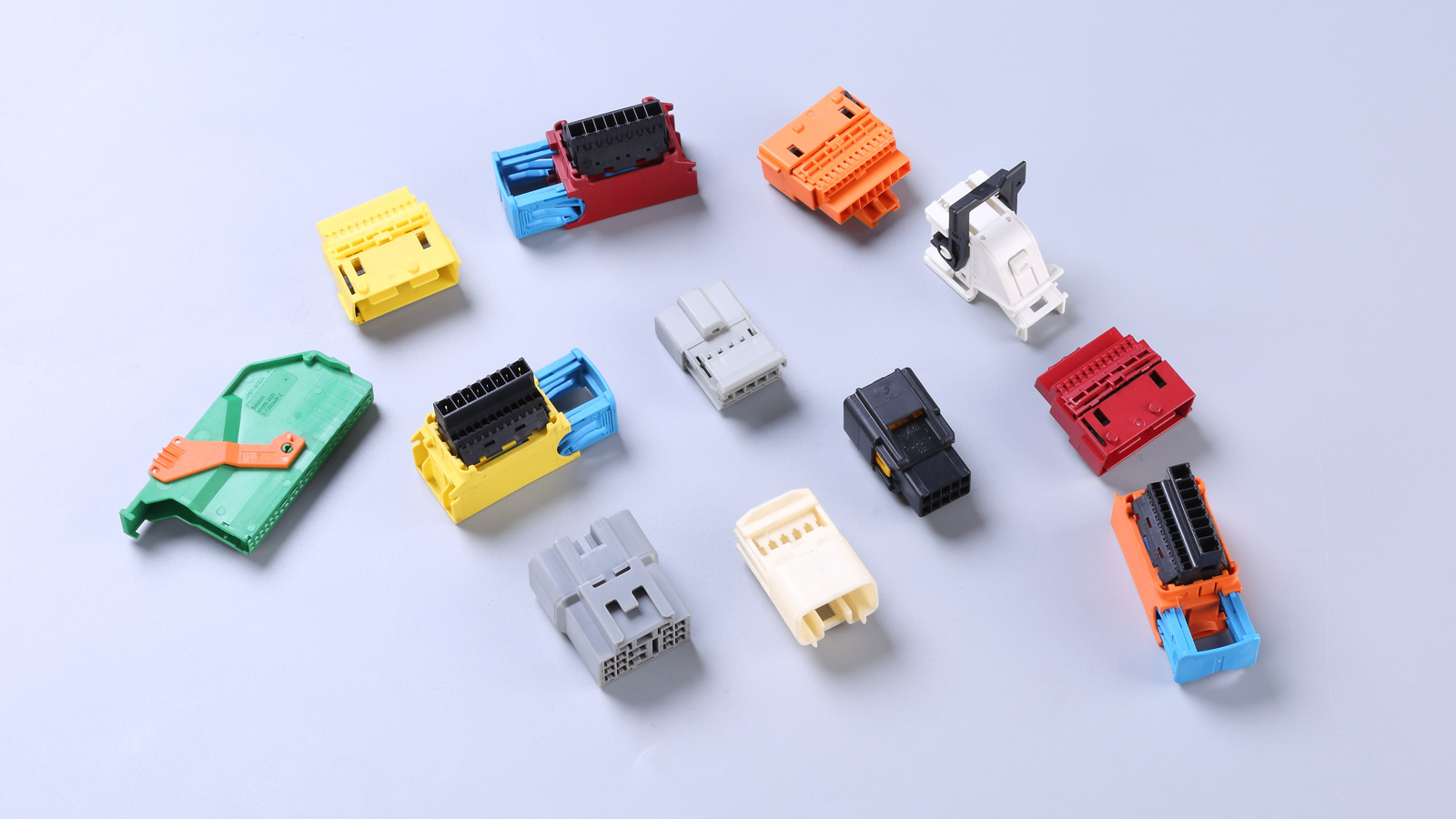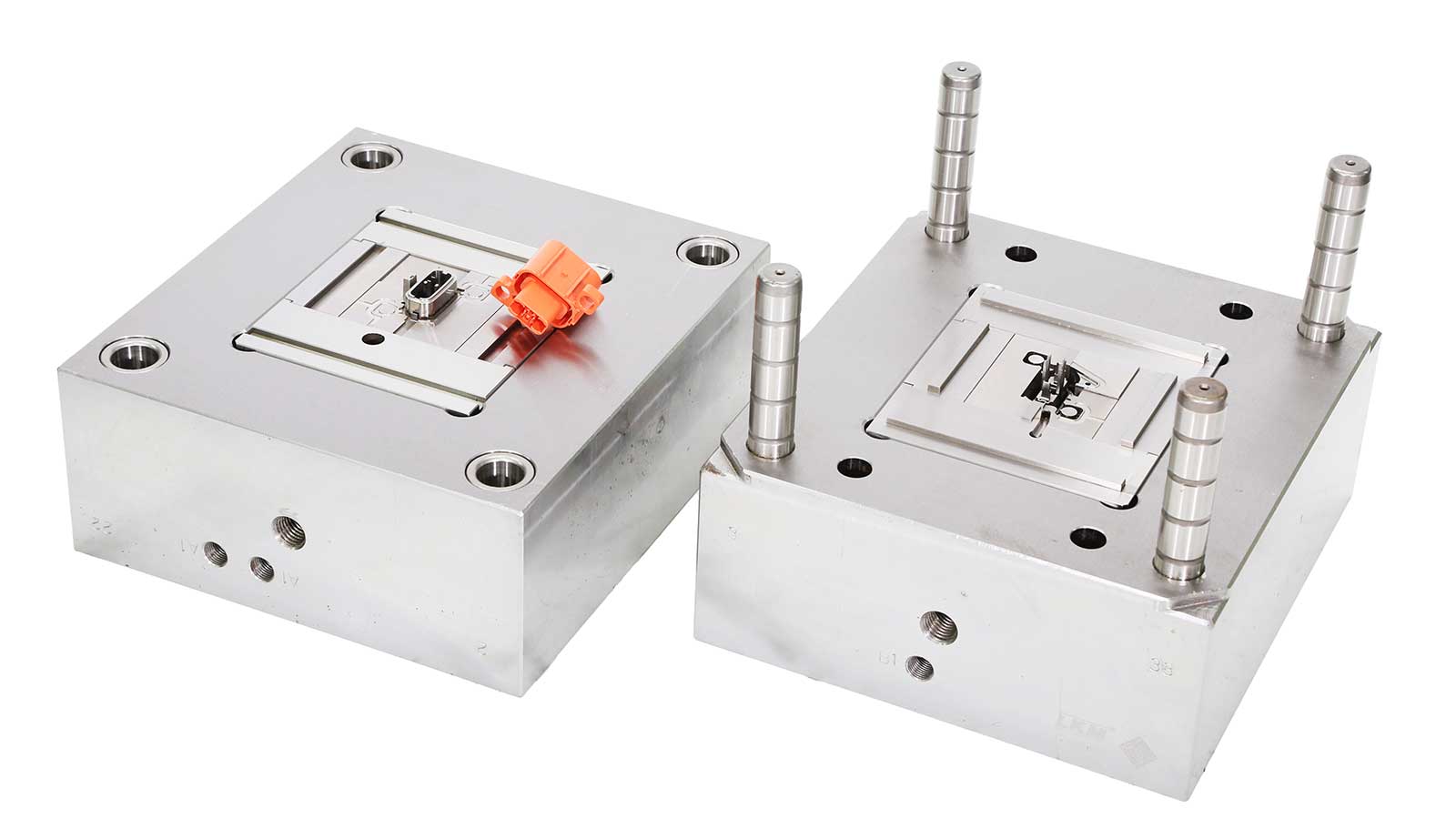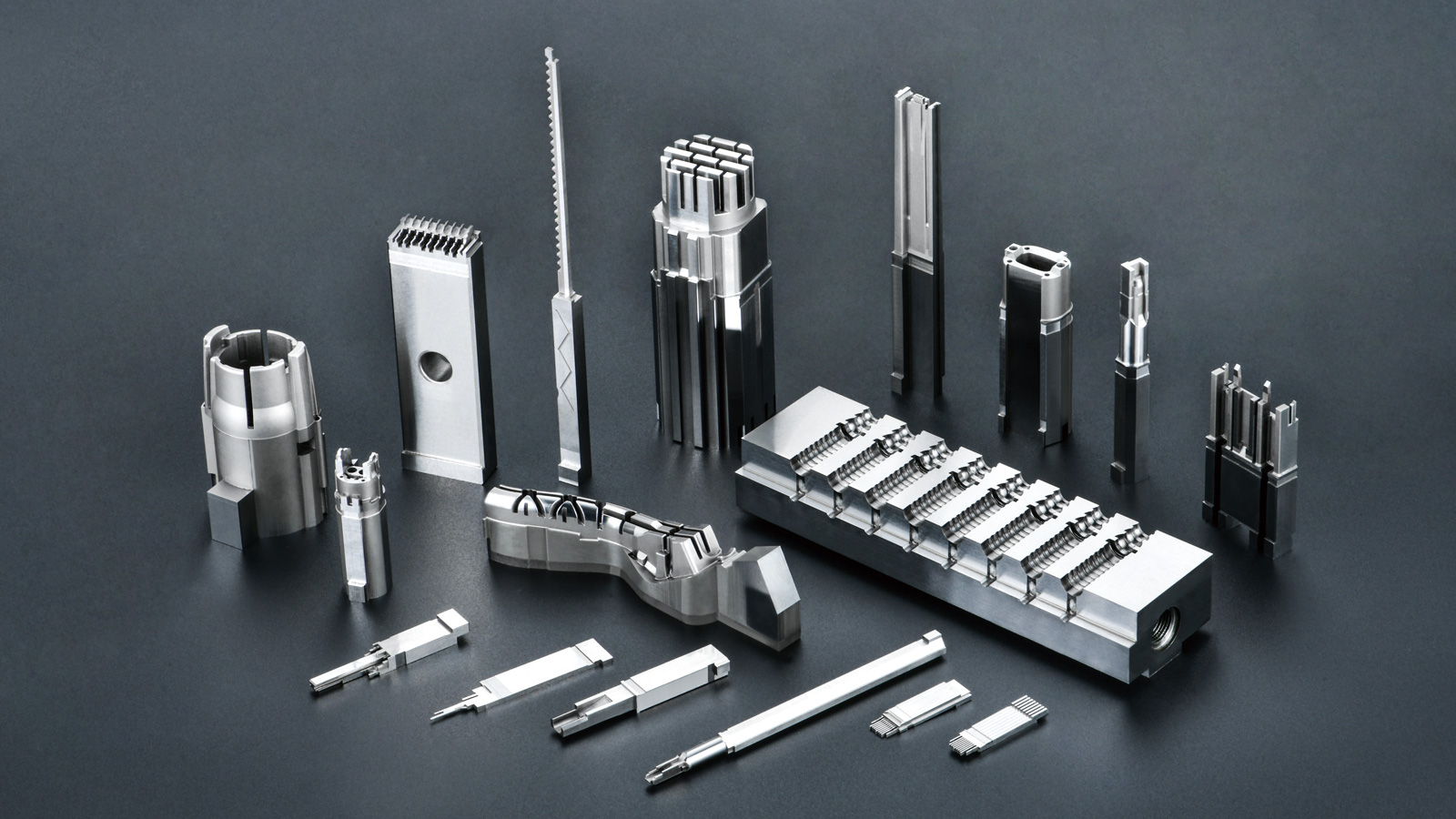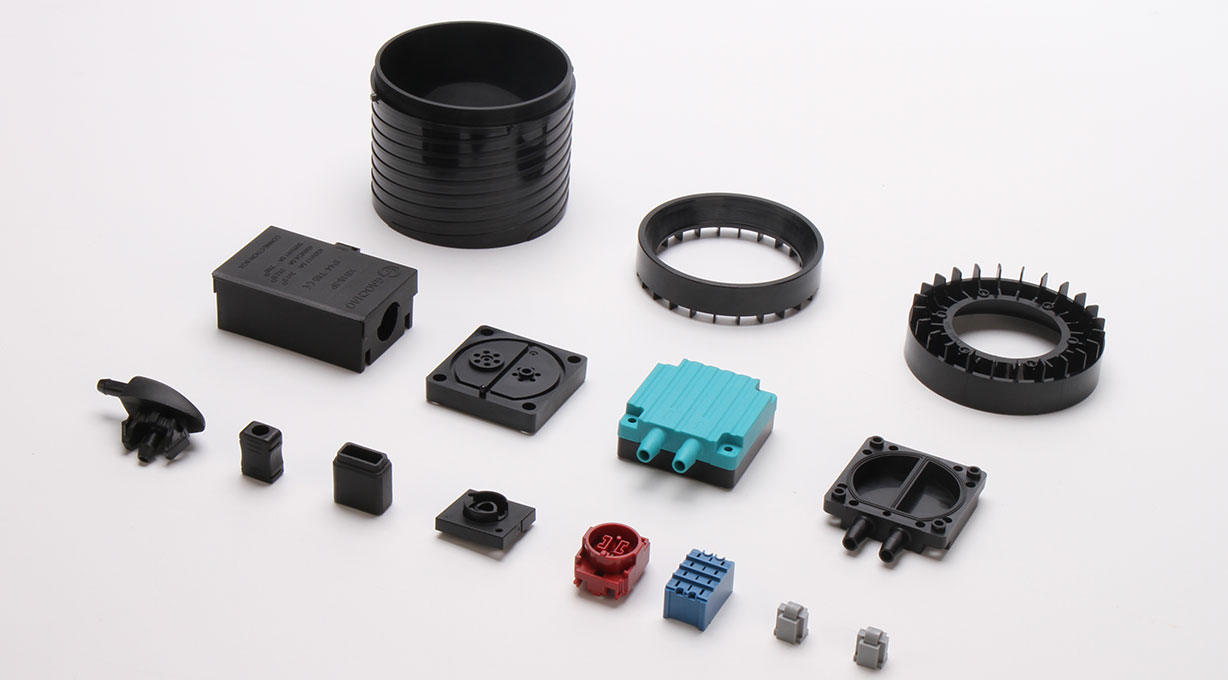In the field of injection mold manufacturing, the choice of materials is the core factor that determines the quality of injection molds. After all, the materials’ quality directly affects the molds’ final quality. So, what are the basic requirements for material selection for injection molds? The following will elaborate on this for you.
Having Good Machinability
Most of the production of injection mold parts relies on machining. At this time, the materials must have good machinability, which is a necessary prerequisite for achieving high-speed machining. Materials with this property can effectively extend the service life of machining tools, significantly improve cutting performance, and reduce the surface roughness of parts, thereby helping to produce high-precision mold parts.
Possessing Sufficient Surface Hardness and Wear Resistance
The surface roughness and dimensional accuracy of plastic products, as well as the service life of injection molds, are all closely related to the hardness and wear resistance of the mold surface. Therefore, the forming surface of injection molds must have sufficient hardness, with a quenching hardness of no less than 55HRC. Only in this way can the mold ensure high wear resistance and extend its service life.
Having Sufficient Strength and Toughness
During the molding process, injection molds are repeatedly subjected to the clamping force and the injection pressure in the mold cavity. Especially for large and medium-sized injection molds with complex structural shapes, the materials for their mold parts must have high strength and good toughness to meet practical usage requirements.
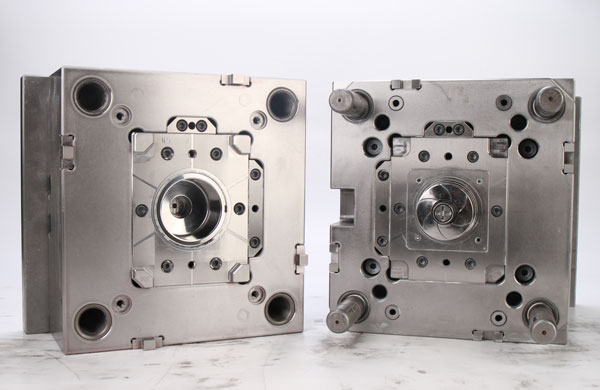
Having Good Polishability
To obtain plastic products with a high-gloss surface, it is necessary to ensure that the mold-forming parts’ surface roughness is small enough. This requires polishing the surface of the forming parts to reduce their surface roughness. To ensure the polishing effect, the selected materials must not have defects such as pores, roughness, or impurities, which could otherwise affect the polishing quality and, consequently, the appearance of the plastic products.
Having Good Heat Treatment Processability
Mold materials often rely on heat treatment to achieve the necessary hardness, which requires the materials to have good hardenability. Since the parts of plastic injection molds usually have complex shapes, it is difficult to machine them after quenching, or even impossible in some cases. Therefore, when selecting materials for mold parts, priority should be given to materials with small heat treatment deformation to reduce the amount of machining required after heat treatment and improve production efficiency.
Having Good Corrosion Resistance
During the molding process, some plastics and their additives may produce corrosive gases, which impose corrosion resistance requirements on the materials for injection molds. In addition, methods such as nickel or chromium plating can be used to further improve the corrosion resistance of the mold cavity surface, extend the service life of the mold, and ensure the quality of plastic products.
Excellent Surface Machinability
Plastic products not only require an aesthetically pleasing appearance but also may require chemical etching of patterns on the mold cavity surface when decorative patterns are needed. This requires that the mold materials be easy to etch with patterns, and the etched patterns should be clear and wear-resistant to meet the diverse appearance requirements of plastic products.
In conclusion, material selection for injection molds requires comprehensive consideration of multiple factors. Only by strictly following these basic requirements can high-quality injection molds be manufactured to provide a strong guarantee for the production of plastic products.

